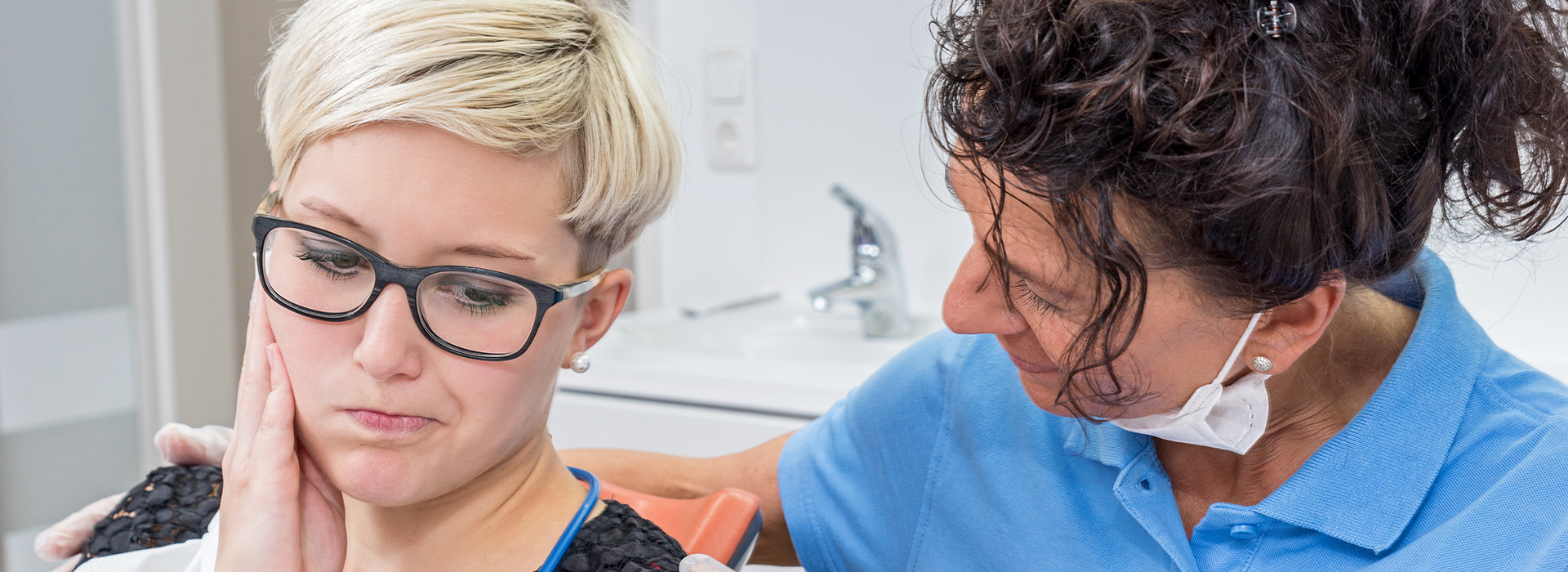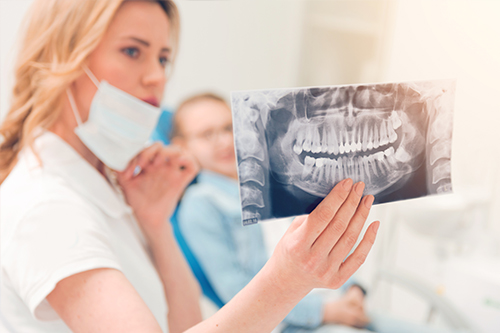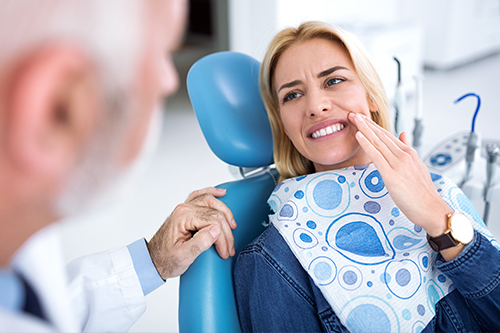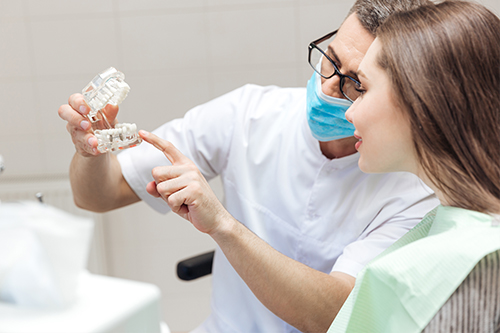What to Do Right Away: Practical Steps for Any Dental Emergency
When a dental emergency happens, clear-headed action can make a real difference. First, assess the situation calmly: determine whether there is active bleeding, severe pain, swelling, or a broken tooth. Rinse the mouth gently with warm water to clear debris, and use a clean cloth or gauze to apply light pressure if there’s bleeding. Avoid placing aspirin or other medications directly on the gum or tooth—this can irritate oral tissues.
If a tooth has been completely knocked out, handle it by the crown (the chewing surface), not the root, and try to keep it moist. If possible, gently rinse but do not scrub the tooth; then place it back in its socket or store it in milk or saline while seeking urgent care. For bitten lips or cheeks, apply a cold compress externally to reduce swelling and control bleeding. When in doubt about the severity, treat the situation as urgent—rapid attention helps preserve tissue and tooth structure.
Children and older adults sometimes respond differently to oral trauma, so take extra care with these patients. Keep them comfortable and reassured, and avoid giving anything very hot or cold if they have lost tooth sensitivity. If the person is experiencing systemic symptoms—fever, difficulty breathing, dizziness, or fainting—seek emergency medical help immediately, as these signs can indicate a more serious condition beyond the mouth.
How We Evaluate Urgent Oral Problems
When you arrive at our office, the first priority is a focused evaluation to determine the cause and urgency. Our team will review your symptoms, medical history, and any recent events that led to the problem—such as an injury or sudden onset of pain. A quick oral exam identifies visible damage, soft-tissue concerns, and signs of infection or swelling that might require immediate attention.
Diagnostic imaging, when appropriate, helps us see fractures, root problems, or hidden infections that aren’t visible on the surface. We use these tools to form a clear picture of what’s happening so we can recommend the most effective next step. Our approach balances speed with accuracy: the goal is to relieve pain quickly while ensuring the long-term stability of the tooth and surrounding tissues.
We also consider overall health factors that can affect treatment choices, including medications you take, allergies, and systemic conditions like diabetes or heart disease. These details influence options for anesthesia, antibiotic use, and wound care. Keeping your medical history up to date lets us make safe, personalized decisions at the moment you need them most.
Common Emergency Conditions We Manage
Dental emergencies come in many forms, and recognizing common patterns helps us respond efficiently. Toothaches are among the most frequent complaints; they range from localized sensitivity to severe, radiating pain and can signal decay, nerve inflammation, or an abscess. Chipped, cracked, or fractured teeth often follow an injury and may expose inner tooth structure or cause sharp edges that irritate soft tissues.
Other urgent problems include dislodged or lost restorations like crowns and fillings, which can leave a tooth vulnerable to further damage or infection. Wisdom teeth that become painful or swollen may reflect impaction or infection, and inflamed or bleeding gums can indicate rapidly progressing periodontal issues that need prompt care. Soft-tissue infections—such as those affecting the tongue, cheeks, or lips—also require careful evaluation to prevent spread and promote healing.
Signs of a more serious infection include persistent swelling, fever, difficulty swallowing, or trouble breathing. Any of these symptoms should be treated as immediate concerns and receive prioritized attention. Our practice is equipped to triage these situations and begin appropriate treatment to contain infection and protect overall health.
Treatment Paths: Relieving Pain and Preserving Teeth
Treatment for dental emergencies depends on the diagnosis and the condition of the tooth and surrounding structures. For minor fractures or chips, conservative repair with dental bonding or a small restoration can restore function and appearance quickly. Larger breaks may require a crown to rebuild the tooth and prevent further damage. We aim to conserve natural tooth structure whenever possible, using restorative techniques that protect long-term dental health.
If an infection has reached the inner tissues of a tooth, root canal therapy is often the treatment of choice to remove diseased pulp and save the tooth. This procedure is highly effective at eliminating pain and controlling infection while preserving chewing function. In situations where a tooth cannot be saved because of extensive damage or severe infection, extraction may be necessary; we provide compassionate care and discuss replacement options to restore comfort and function.
For soft-tissue injuries and swelling, we may prescribe antibiotics or recommend targeted wound care measures. We’ll also provide guidance on home care—such as gentle rinses, icing, and dietary adjustments—to support healing. Throughout treatment, our team focuses on pain control and patient comfort so you can return to normal activities as quickly as possible.
Aftercare and Restoring a Complete, Healthy Smile
Once the immediate emergency is addressed, follow-up care is essential to ensure a full recovery and long-term oral health. We’ll schedule checkups to monitor healing, finalize restorative work like crowns or bridges if needed, and plan any tooth-replacement treatments. Restoring proper bite and function helps prevent complications and contributes to overall quality of life.
When a tooth is lost or must be removed, modern restorative options allow for durable, natural-looking results. Dental implants, fixed bridges, and partial dentures are commonly used to replace missing teeth and maintain oral function. Our team explains the benefits and limitations of each option so patients can make informed decisions based on their health, lifestyle, and goals.
Preventing future emergencies is also part of our care plan. We’ll review preventive strategies—such as protective mouthguards for sports, routine checkups, and timely treatment of dental problems—so you can reduce the chance of traumatic injuries or acute infections. With attentive follow-up and preventive measures, many patients regain confidence and maintain a strong, healthy smile after an emergency.
At Dr. Anthony Iuvone, DMD, our priority is immediate relief, careful diagnosis, and thoughtful long-term planning when dental emergencies occur. If you’re facing an urgent oral health problem or need guidance about next steps, please contact us for more information and support.







